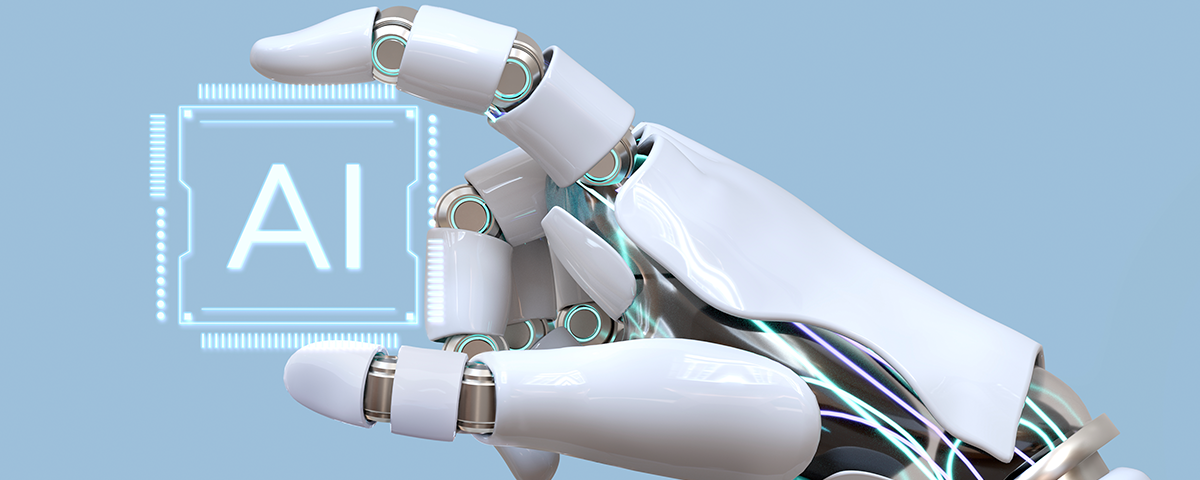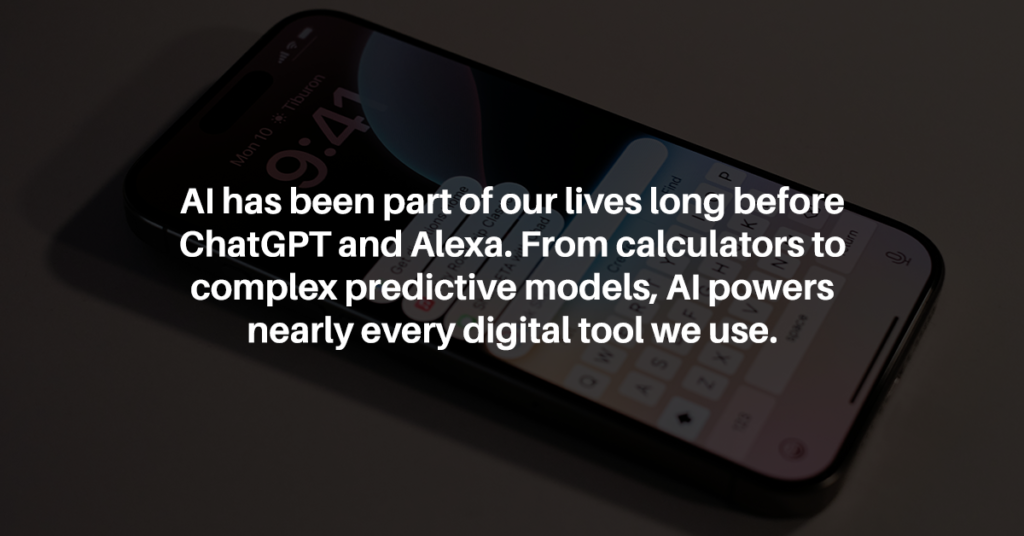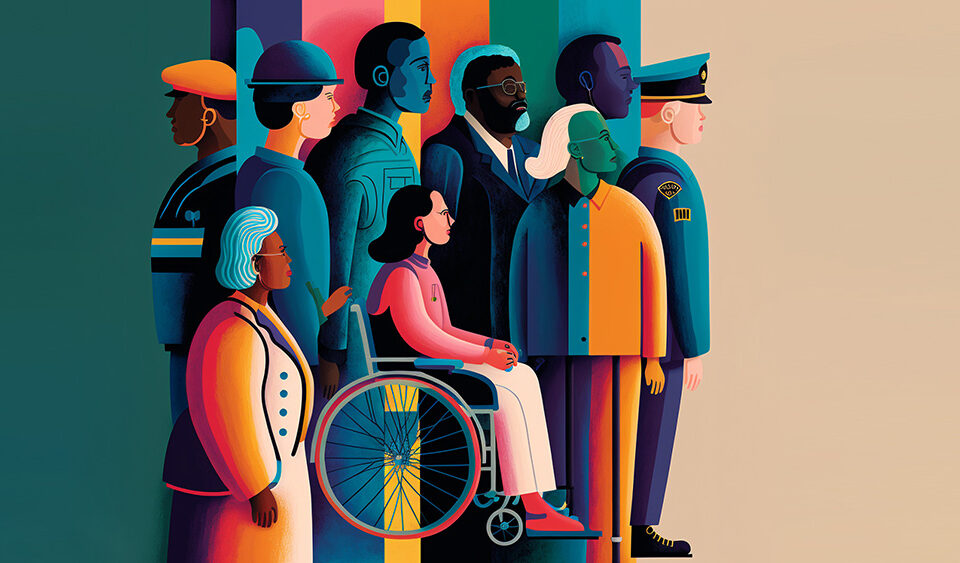
The rise of Artificial Intelligence in the last 5-10 years has been monumental. From creating images of cats with Donald Trump hair to designing an annual roadmap for a start-up business. The creation of AI tools across different sectors, its adoption by individuals and companies has rocked the world in no small way. AI has encroached into every aspect of our daily lives; it has assisted in the creation of new businesses, the advancement and scaling of older, more established businesses, cut operational costs, and improved efficiency.
The utility of AI in multiple fields like research, strategy, writing etc., makes it an immensely valuable tool to individuals and organizations.
Origins of AI
A quarter century ago, most people in this part of the world had all their contact information in a book, called the phonebook. From here they stored names, numbers, addresses and designations. If you were an important person you had a big phonebook and if you were not so much, you still had a fairly big phonebook. These books were mostly left in the home because they were, oftentimes, too large to carry about.
If you are reading this article I will assume you know about a phonebook, and possibly even used one. If you aren’t familiar with the phonebook, picture this; all the contacts on your mobile phone are stored in a book that you couldn’t carry around the place with you.
I raise this illustration to show how far we have come. Unfortunately when we think of AI we think only of chatGPT, Alexa, Gemini or Perplexity, we think of search engine tools that take in text or voice based input and regurgitate answers/output. However AI has been the bedrock of all technological advancement.
Artificial intelligence is simply getting a computer to do certain activities faster, more efficiently, with more quality than the human. What your calculator does is AI at work. What your computer does is AI at work. Everything you can do with a mobile phone is AI at work. The entire internet, social media, smart devices all run on Artificial Intelligence.
Benefits of AI
If you were a farmer and someone walked up to you and offered, ‘10 men to complete harvest in 3 days or a machine that is programmed to do the same task but in 1 day’ which would you pick? The obvious answer is the machine. To some, the benefits of AI far outweighs the risks of it. Here are a few;
Improved efficiency: AI tools are able to create, analyze data, perform an operation impressively faster than a human. It has been designed to skim through thousands of information in a heartbeat and regurgitate an answer in seconds. A fit that might require a considerable amount of time for humans.
Reduced human error: Because humans have a dynamic mind, the chances of human errors occurring during a task is very high. But AI does not have this problem. Using the analogy above; a human can only skim through a specific bit of information at a time while an AI tool can do so for thousands of materials in seconds.
It is predictive: Due to the large data set at its disposal (the internet) and its ability to pointedly search for information across this data set at a single time, gives AI tools the ability to make predictive decisions. Example is the 1997 chess battle between Gary Kasparov and the IBM AI tool called Deep Blue. The AI tool was able to recall hundreds of chess moves available to it and make a decision what move is best for the situation it’s in. This is why AI is important to businesses.
Enhanced customer experience: The rise of AI tools have necessitated the advancement of chatbots to improve customer experience. This innovation has not only improved customer experience but has helped companies reduce overhead cost on supporting customer service teams.
The benefits of AI are inexhaustible and more benefits are discovered every day as we use these tools to solve dynamic life challenges.

AI and DEI
Revolutionary as AI has been in various aspects of human endeavor, its role in various social and cultural issues has been met with skepticism. The major question isn’t ‘will AI take our jobs?’ The biggest question should be, ‘what will our society look like, what will become of our culture, if AI tools are responsible for most of the decision making?’
To clarify once more; Artificial intelligence is simply a set of programmes that have been designed to read, analyze the internet for data and make predictive suggestions based on this information. This means that AI is a reflection of whatever dataset it is being fed.
Now the internet is the marketplace for all kinds of information. The good, bad and the terrible. The responsibility of any AI company is to scrub these dataset for vile and harmful information and present only information that is objective and factual.
How does this impact DEI?
DEI just like Artificial intelligence is a field that has received a lot of attention in the last 5-10 years. While companies have made significant progress in reshaping the office space, policy and thinking to support DEI initiatives, there’s still a lot that can be done. Does AI help this cause OR does it pose a risk to all the work that has been done all these years?
Research: AI tools have at their disposal a large dataset that can be used for efficient and fast research on any topic. This could range from benchmarking DEI adoption across companies, to trusted strategies that have helped companies become successful at adopting DEI policies.
Communication: Popular AI tools today can be used to identify key words and images that fuels a bias and be instructed to blur them from use. These tools have become efficient in that it can scrape through emails, any written text, visual communications, memos, private messages to seek out words that fuel a certain bias and flag those words.
Perpetuating Bias: Because AI feeds off information from the internet and other datasets, the biggest fear is that AI will be used to affirm racial, sexist views on multiple subjects. And this has been realized multiple times. Experts have claimed that the famous chatGPT has been found to return racist views about specific issues. This is a major disadvantage for DEI; a field attempting to reform established biases about the workplace. Having an AI tool that regurgitates those biases really sets the clock 10 years back on DEI thinking.
Recruiting: AI can help recruiting teams by setting hiring standards. It can be used to sieve out applications that do not match the job description. In the future, I reckon companies will be able to feed AI their company policies and allow the AI tools to review applications for a company/culture fit.
Analytics: One of the key components of a DEI strategy is analytics. This helps organizations measure their progress over a period and how much further they need to go. It also compares the progress of the company with other companies in the same field, benchmarking their progress in comparison to that of its host company.
Training: Companies can utilize available learning AI tools to help train their staff about the need to maintain DEI policies across every aspect of the organization. The vast dataset that the AI tool has access to can pull policies from across the globe and turn them into visual representation that impacts the behavior of employees towards DEI initiatives.
Conclusion
Like all things that involve the use of AI tools; it has its pros and it has its cons. For DEI initiatives, AI could be the best thing that happened to it and at the same time the worst. Companies need to toe the safety line. Ensuring they adopt AI tools that help in the advancement and evolution of DEI initiatives for decades to come and pay enough attention that the volatility of AI does not set the company back 10 years.


